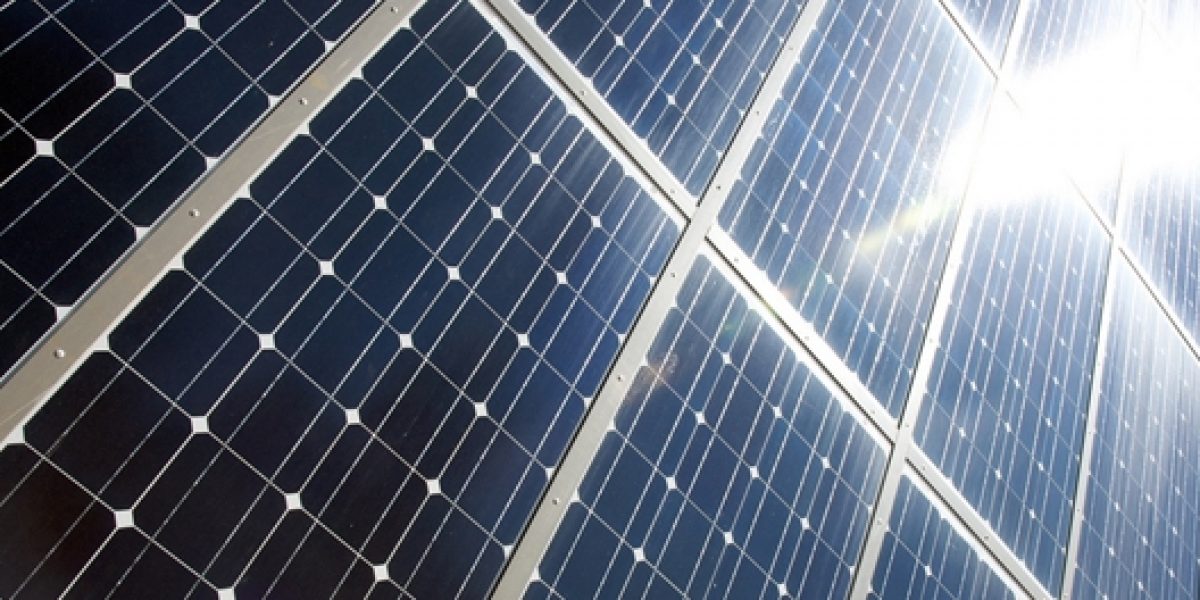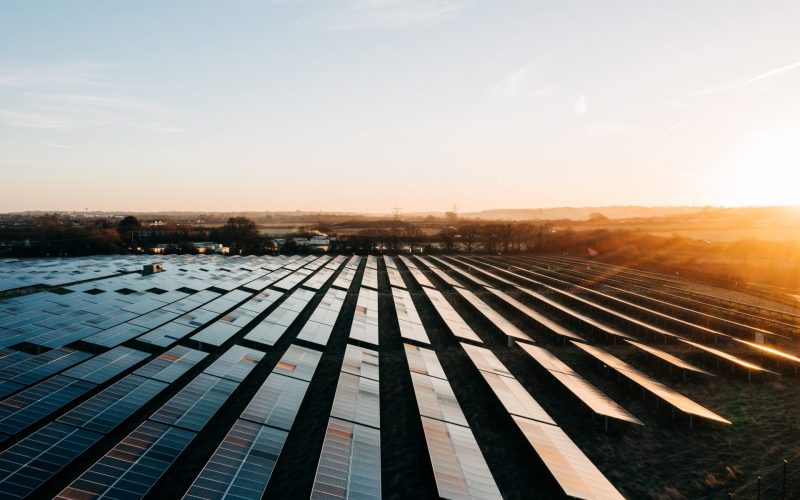Guided by this year’s conference theme, ‘Energising Africa’s Growth and Development’, part of the focus includes reviewing the continent’s current energy policies and envisioning future scenarios. The mix of strategic partners – which include the Gauteng Growth and Development Agency (GDDA), the African Union and the NEPAD Planning and Coordinating Agency – supports the stated shift by the AEI towards a multi-level approach ‘with a sharpened focus on improved energy resource governance and linkages between regional and national interests to achieve socio-economic development’.
Inclusion of the GDDA also indicates the key role that South Africa’s provincial governments are expected to play in the growth and development of the country’s energy sector, in particular in working towards a greener energy mix. South Africa has made some progress towards this goal with the incorporation of its first solar power plant into its national grid in September 2013. This solar source has been developed through the Renewable Energy Independent Power Producer Procurement Programme launched by the South African Department of Energy in 2011.
Ten recommendations emerging from the World Energy Council (WEC) and the South African National Energy Association (SANEA) should inform this year’s conference and its outcome.
Drawn from the WEC 2012-2013 annual report, ‘To get Real’, the first recommendation highlights the importance of ‘connect[ing] the energy trilemma (energy security – energy equity – environmental sustainability) to [the] broader national agenda’. As noted by the World Energy Council, the development of grids whose electricity outputs are generated from diverse primary energy sources are critical to work towards a more sustainable energy mix for the continent.
However, several barriers remain to achieve interconnectivity at various levels in Africa. These include considerations of national sovereignty and the often differing and incompatible policies and commercial practices between states.
This year’s AEI will dedicate a session to a discussion on regional linkages supportive of energy integration across the SADC region. In Southern Africa, the regional power trade has increased over the last decade, notably through the implementation of the Southern African Power Pool. This, in turn, has helped to enlarge national electricity markets by decreasing variable supply and demand concerns and stimulating investment in capacity development.
However, a key barrier remains the unavailability of a supportive regional infrastructure which can satisfy both national and regional interests. The AEI has emulated the format and business-like approach of the recently concluded African Mining Indaba held in Cape Town, South Africa, from 3 to 7 February 2014. That summit attempted to address the key pressure points for the South African and African mining sector as a whole. A focus on the pivotal role of investments in ensuring the future viability of Africa’s energy sector will therefore be needed at the AEI.
Among many potential models, the deal signed between the Republic of South Africa and the Democratic Republic of Congo at the end of last year to facilitate the funding and construction of the Grand Inga electricity generation project provides a possible way forward. Investment interest in the Grand Inga project has doubtlessly fluctuated and has been influenced by several considerations, including concerns about an appropriate regional electricity market and the bridging of the transmission infrastructure gap. As highlighted by the first sub-Saharan African international business summit on infrastructure development, the Build Africa Forum, held in Brazzaville, Republic of the Congo, from 5 to 7 February 2014, the general state of the continent’s infrastructure requires urgent attention and investment, not only from concerned states and international funders, but also from regional organisations.
This year’s AEI is particularly well timed as South Africa maps out its 2012 Integrated Energy Plan (IEP). Numerous factors, including energy efficiency, demand projections, updates of macroeconomic assumptions, technical data and socio-economic impacts are being considered within the plan. The IEP might be that rare opportunity to integrate a regional perspective within South Africa’s own energy scenarios.
Considering the country’s leading position in shaping many aspects of the regional energy landscape – as consumer and generator – a more regional mindset among South African policy makers could help foster more joined-up approaches to energy challenges in the region whilst endorsing the AEI and the continental perspective it seeks to promote.








